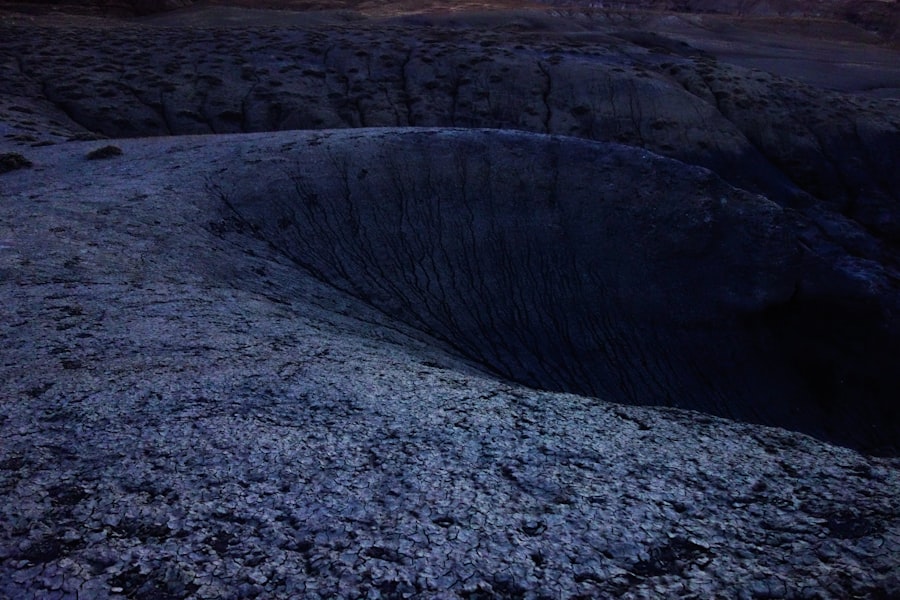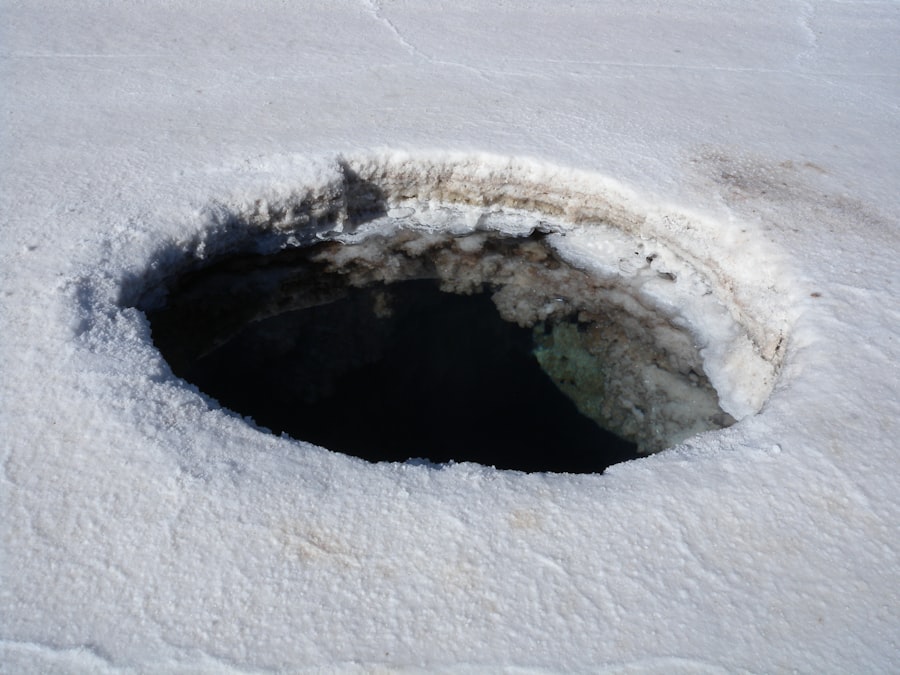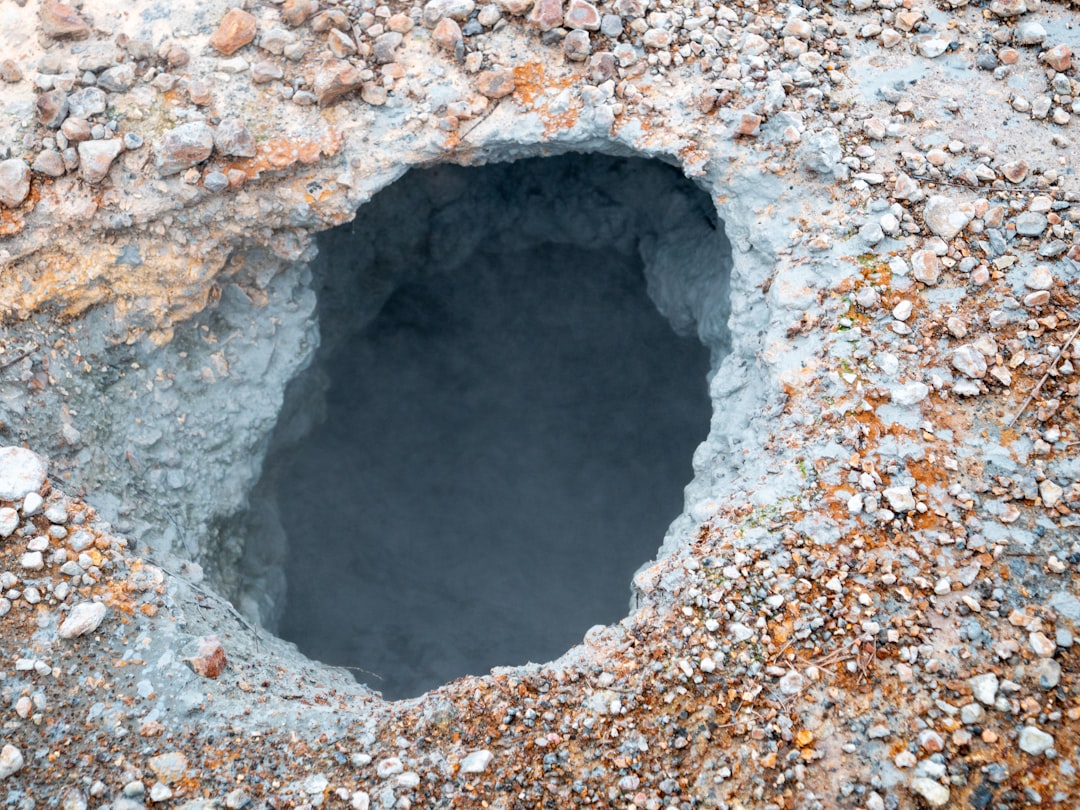The discovery of ancient microorganisms has revolutionized the understanding of life on Earth. These microscopic entities, which have existed for billions of years, provide a glimpse into the planet’s distant past and the conditions that fostered life. Researchers have unearthed these microorganisms in various geological formations, often in extreme environments where life was once thought impossible.
The implications of such findings extend beyond mere curiosity; they challenge existing theories about the resilience and adaptability of life. In recent years, scientists have made significant strides in identifying and characterizing these ancient microorganisms. By employing advanced techniques such as DNA sequencing and isotopic analysis, they have been able to reconstruct the evolutionary history of these organisms.
This research not only sheds light on the origins of life but also raises questions about the potential for life to exist in similar extreme environments elsewhere in the universe. The discovery of ancient microorganisms serves as a reminder of the tenacity of life and its ability to thrive under conditions that would be inhospitable to most known forms.
Key Takeaways
- Ancient microorganisms have been discovered in the deepest hole on Earth, providing insight into Earth’s interior.
- The Russian scientific expedition uncovered these microorganisms and studied their significance for astrobiology and Earth’s history.
- Studying microorganisms at extreme depths presents challenges, but also potential applications for earth science and medicine.
- The discovery has global impact and opens up future research and exploration opportunities for understanding Earth’s interior and its implications for astrobiology.
- Uncovering the secrets of Earth’s interior through ancient microorganisms has significant implications for our understanding of the planet and its history.
The Deepest Hole on Earth
The Kola Superdeep Borehole, located on the Kola Peninsula in Russia, holds the record for the deepest hole ever drilled into the Earth’s crust. Initiated in 1970, this ambitious scientific endeavor aimed to explore the geological layers beneath the surface, reaching depths of over 12 kilometers (approximately 7.5 miles). The project was not merely an exercise in drilling; it represented humanity’s quest to understand the Earth’s composition, temperature gradients, and the nature of geological processes.
As researchers penetrated deeper into the Earth’s crust, they encountered unexpected challenges, including extreme temperatures and pressures that complicated their efforts. The borehole provided invaluable data about the Earth’s crust, revealing insights into its mineral composition and the presence of fluids at great depths. This exploration has not only expanded scientific knowledge but has also sparked interest in the potential for discovering ancient microorganisms that may have survived in these extreme conditions.
The Russian Scientific Expedition

The Russian scientific expedition that led to the Kola Superdeep Borehole was a monumental undertaking that involved a multidisciplinary team of geologists, biologists, and engineers. Their goal was to push the boundaries of human knowledge about the Earth’s interior. As they drilled deeper, they encountered a variety of geological formations, including granite and sedimentary layers, each offering clues about the planet’s history.
One of the most significant aspects of this expedition was its focus on understanding the conditions that could support life at extreme depths. The researchers were particularly interested in whether microbial life could exist in such harsh environments. As they collected samples from various depths, they began to uncover evidence of microbial activity, leading to groundbreaking discoveries that would shape future research in both geology and microbiology.
Uncovering the Secrets of Earth’s Interior
| Depth | Temperature | Pressure |
|---|---|---|
| Crust | 500°C | 0.1 GPa |
| Mantle | 1000-3700°C | 3.3-24 GPa |
| Outer Core | 4400-6100°C | 100-140 GPa |
| Inner Core | 5400°C | 330-360 GPa |
Uncovering the secrets of Earth’s interior has been a long-standing goal for scientists seeking to understand the planet’s formation and evolution. The Kola Superdeep Borehole provided a unique opportunity to study geological processes that are otherwise inaccessible. By analyzing rock samples and fluid inclusions from deep within the Earth, researchers have gained insights into tectonic activity, mineral formation, and even the history of water on our planet.
The findings from this borehole have challenged existing models of Earth’s geology. For instance, researchers discovered that temperatures at depth were significantly higher than previously predicted, suggesting that heat flow from the Earth’s interior plays a more critical role in geological processes than once thought. This new understanding has implications for everything from volcanic activity to plate tectonics, reshaping how scientists view the dynamic nature of our planet.
The Significance of Finding Ancient Microorganisms
The significance of finding ancient microorganisms cannot be overstated. These discoveries provide a direct link to Earth’s early biosphere and offer insights into how life has evolved over billions of years. The presence of these microorganisms in extreme environments suggests that life is more resilient than previously believed, capable of surviving under conditions that would be lethal to most organisms.
Moreover, studying ancient microorganisms can illuminate how life adapts to changing environmental conditions. This knowledge is crucial for understanding not only Earth’s history but also how current ecosystems might respond to climate change and other anthropogenic pressures. The implications extend beyond Earth; if life can thrive in extreme conditions here, it raises the possibility that similar forms of life could exist on other planets or moons within our solar system and beyond.
Implications for Astrobiology

The implications for astrobiology stemming from the discovery of ancient microorganisms are profound. Astrobiology is the study of life in the universe, encompassing the search for extraterrestrial life and understanding how life might arise in different environments. The resilience demonstrated by ancient microorganisms suggests that life could potentially exist in extreme conditions on other celestial bodies, such as Mars or Europa.
Researchers are now using findings from ancient microorganisms to inform their search for extraterrestrial life. By understanding how these organisms survive and thrive in extreme environments on Earth, scientists can develop models for what to look for when exploring other planets. This research not only enhances our understanding of life’s potential elsewhere but also informs missions aimed at discovering biosignatures—indicators of past or present life—on other worlds.
Studying the Earth’s History through Microorganisms
Studying Earth’s history through microorganisms offers a unique lens through which to view geological and biological evolution. Microorganisms are often referred to as “nature’s timekeepers,” as they can provide records of environmental changes over millions of years. By analyzing fossilized microorganisms found in sedimentary rock layers, scientists can reconstruct past climates, oceanic conditions, and even shifts in biodiversity.
This research has revealed critical information about major events in Earth’s history, such as mass extinctions and periods of rapid climate change. For instance, certain microorganisms serve as indicators of past ocean temperatures and salinity levels, allowing researchers to piece together a more comprehensive picture of how life on Earth has responded to environmental shifts throughout geological time.
Challenges of Studying Microorganisms at Extreme Depths
Despite the exciting prospects associated with studying microorganisms at extreme depths, researchers face numerous challenges in this field. One significant hurdle is the difficulty in accessing these environments; drilling deep into the Earth’s crust requires advanced technology and substantial resources. Even once samples are obtained, isolating and culturing microorganisms from such extreme conditions can be complex due to their unique adaptations.
Additionally, there is often a lack of understanding regarding how these microorganisms interact with their environment at such depths. Many remain uncultured or poorly characterized, making it challenging to study their biology and ecology fully. Researchers must develop innovative techniques to study these organisms without altering their natural state or introducing contamination from surface microbes.
Potential Applications for Earth Science and Medicine
The potential applications for earth science and medicine stemming from discoveries related to ancient microorganisms are vast. In earth science, understanding how these organisms contribute to biogeochemical cycles can enhance knowledge about nutrient cycling and ecosystem functioning.
In medicine, ancient microorganisms may hold secrets for developing new antibiotics or biotechnological applications. Many extremophiles produce unique compounds that could lead to breakthroughs in pharmaceuticals or industrial processes. By studying these resilient organisms, researchers may uncover novel solutions to contemporary challenges in health care and environmental sustainability.
Future Research and Exploration Opportunities
Future research and exploration opportunities related to ancient microorganisms are abundant as technology continues to advance. New drilling techniques and molecular biology tools will enable scientists to access previously unreachable depths and analyze samples with greater precision. This ongoing exploration promises to yield further insights into microbial diversity and evolution.
Moreover, interdisciplinary collaborations between geologists, microbiologists, and astrobiologists will likely enhance understanding across fields. As researchers continue to uncover ancient microorganisms’ secrets, they will contribute not only to our knowledge of Earth’s history but also to broader questions about life’s potential throughout the universe.
The Global Impact of the Discovery
The global impact of discovering ancient microorganisms extends far beyond scientific circles; it resonates with philosophical questions about humanity’s place in the universe and our relationship with life itself. As researchers unveil the resilience and adaptability of life on Earth, it prompts a reevaluation of how society views biodiversity and conservation efforts. Furthermore, these discoveries can inspire future generations to pursue careers in science and environmental stewardship.
By highlighting life’s tenacity even in extreme conditions, scientists can foster a sense of wonder about our planet’s history and its potential for future exploration. Ultimately, understanding ancient microorganisms not only enriches scientific knowledge but also cultivates a deeper appreciation for life’s complexity and interconnectedness on Earth and beyond.
In a fascinating exploration of the Earth’s depths, Russian scientists embarked on a journey to uncover the mysteries hidden within the Kola Superdeep Borehole, the deepest artificial point on Earth. This ambitious project, which reached a depth of over 12 kilometers, revealed unexpected geological formations and microfossils that challenged existing scientific theories about the Earth’s crust. For those interested in delving deeper into the intriguing findings from this monumental scientific endeavor, a related article can be found on the Hey Did You Know This website. You can read more about it by visiting this link.
FAQs
What did Russian scientists find at the deepest hole?
Russian scientists found that the Earth’s crust is much hotter than previously thought, and they also discovered microscopic fossils of single-celled organisms at the deepest hole.
